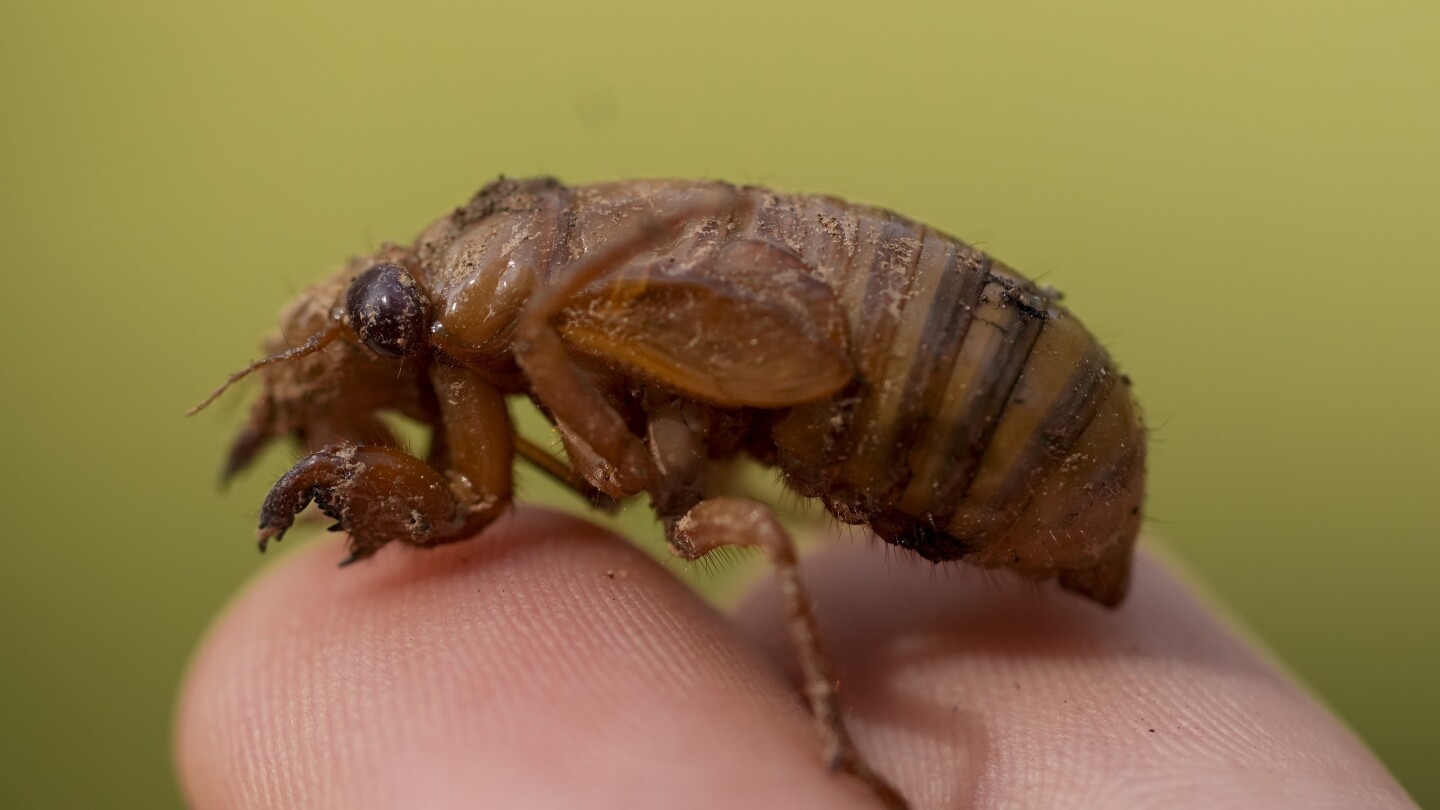cross-posted from: https://lemmy.ca/post/18606125
This spring, an unusual cicada double dose is about to invade a couple parts of the United States in what University of Connecticut cicada expert John Cooley called “cicada-geddon.” The last time these two broods came out together in 1803 Thomas Jefferson, who wrote about cicadas in his Garden Book but mistakenly called them locusts, was president.
The largest geographic brood in the nation – called Brood XIX and coming out every 13 years – is about to march through the Southeast, having already created countless boreholes in the red Georgia clay.
Soon after the insects appear in large numbers in Georgia and the rest of the Southeast, cicada cousins that come out every 17 years will inundate Illinois. They are Brood XIII.
An even bigger adjacent joint emergence will be when the two largest broods, XIX and XIV, come out together in 2076, Cooley said: “That is the cicada-palooza.”



This is the best summary I could come up with:
Trillions of evolution’s bizarro wonders, red-eyed periodical cicadas that have pumps in their heads and jet-like muscles in their rears, are about to emerge in numbers not seen in decades and possibly centuries.
Crawling out from underground every 13 or 17 years, with a collective song as loud as jet engines, the periodical cicadas are nature’s kings of the calendar.
“We’ve got trillions of these amazing living organisms come out of the Earth, climb up on trees and it’s just a unique experience, a sight to behold,” Bhamla said.
At times mistaken for voracious and unrelated locusts, periodical cicadas are more annoying rather than causing biblical economic damage.
Soon after the insects appear in large numbers in Georgia and the rest of the Southeast, cicada cousins that come out every 17 years will inundate Illinois.
The pressure inside the xylem is lower than outside, but a pump in the cicada’s head allows the bug to get fluid that it otherwise wouldn’t be able to get out of the tree, said Carrie Deans, a University of Alabama Huntsville entomologist.
The original article contains 1,156 words, the summary contains 178 words. Saved 85%. I’m a bot and I’m open source!